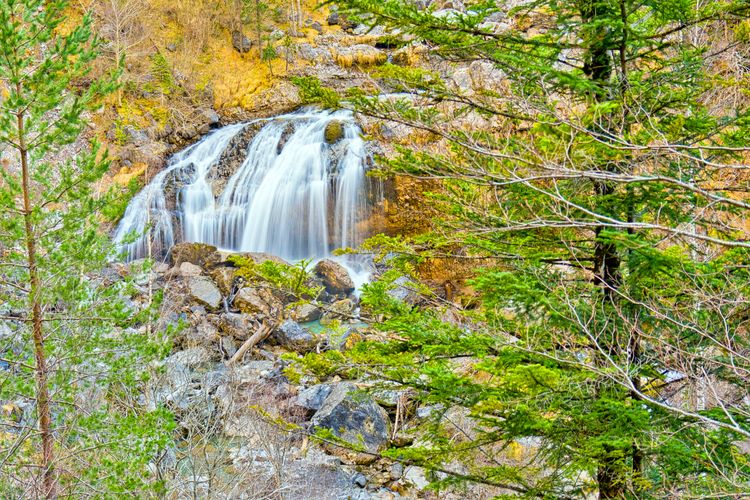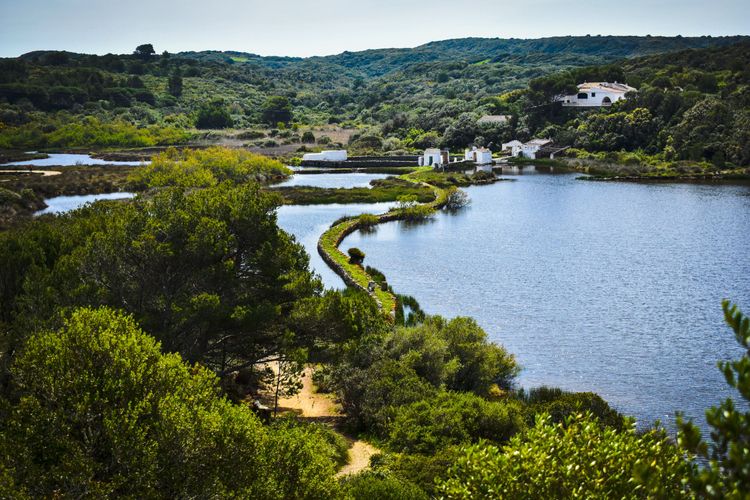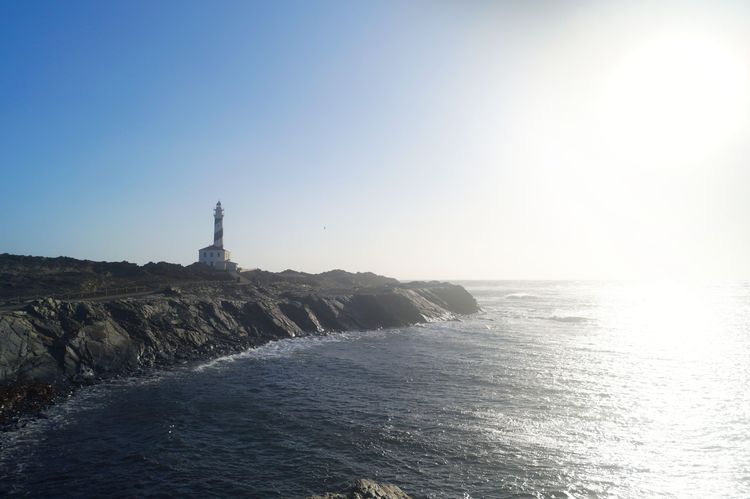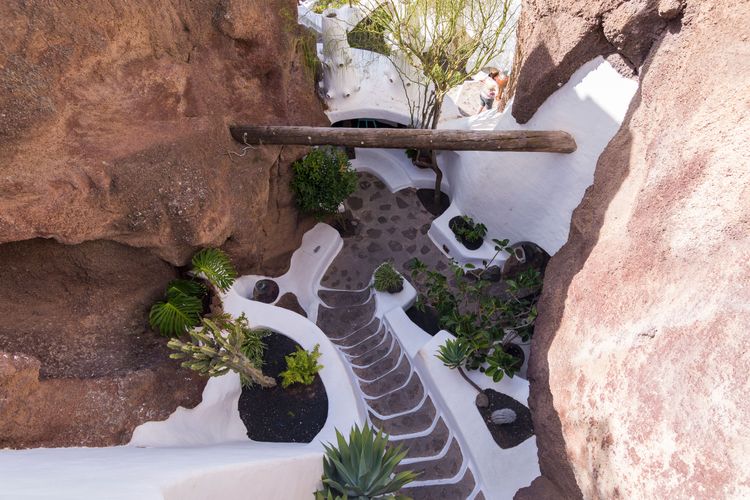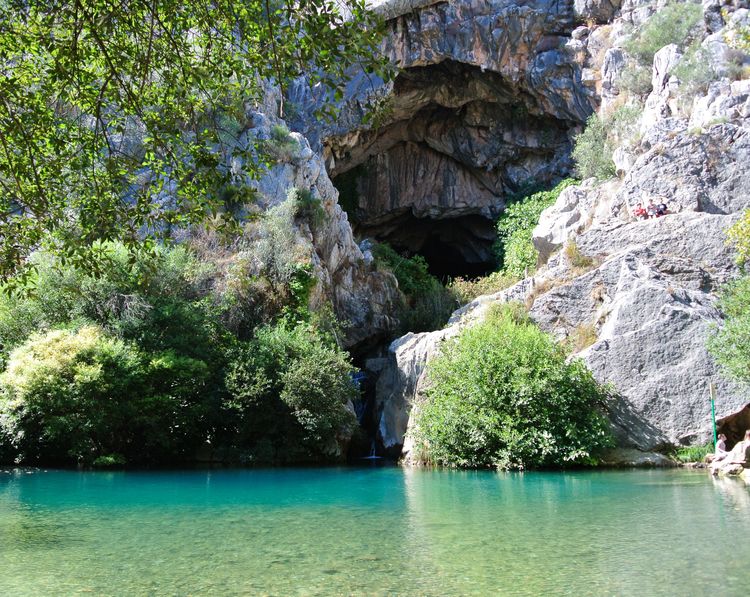In 2021, UNESCO determined 53 territories within Spain as Biosphere Natural Reserve (RNB), making it the country with the highest number of territories with this status. They are volcanoes, forests, glasers, sand dunes, rivers, together with all their flora, fauna and fungus, constituting 15% of the country's wealth.
Since 1976, when the first reserves were recognised by UNESCO, the definition has changed a lot and what at first were only protected areas, have now evolved to be, in addition to conservation areas, spaces in which the principles and practices of sustainable development, always with the respect and care of life as the highest priority.
Spread across 16 of the 17 autonomous communities that make up what is known as Spain, these Biosphere Reserves are true pieces of paradise and extraordinary travel destinations for those who enjoy the Earth in its purest forms.
Although there is so much to see, here is a list of five Biosphere Nature Reserves in Spain for you to choose your next destination.
